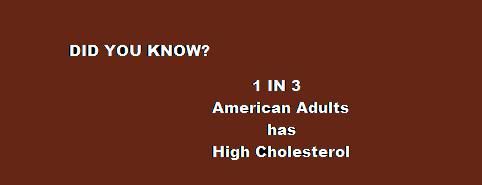The #1 Killer of Women is Heart Disease.
February is Heart Health Awareness Month! Many of you were asked to wear red this past Friday to help raise awareness. Raising awareness is great if you are going to do something or you know what to do when you are aware. Over the next several days I will be sharing portions of a letter from Dr. Jamie McManus advocating some real steps you can take now. Keep coming back.
To Your Health,
Lisa
MODIFICATIONS YOU CAN MAKE TO SUPPORT YOUR HARDEST WORKING MUSCLE
Your heart – it beats an average 100,000 times a day and pumps the equivalent of 2,000 gallons of blood each day. Imagine what workhorses our hearts must be!…so vital to our life and yet not well taken care of by most of us. Heart disease continues to be the leading cause of death in the United States, claiming close to a million lives each year. Over 30 million Americans live with the burden of heart disease; 60 million Americans have been diagnosed with hypertension, a major risk factor for heart disease.
While traditionally considered a “man’s disease,” heart disease has become a serious health challenge for women as well. Cardiovascular disease kills over 500,000 women each year, more than the next seven causes of death combined. To give you a perspective, 1 in every 2.5 women will die of heart disease and stroke, compared to 2 in every 30 women who will die from breast cancer. What may be the most important information is that heart disease in women presents with different symptoms and physicians tend to under-diagnose the disease in women. In fact, more than half of women who die of coronary heart disease have either had no classic symptoms, or have been misdiagnosed as anxiety, stress or musculosketetal disorders. Part of the challenge comes from the fact that coronary artery disease in women tends to present with symptoms like shortness of breath or fatigue rather than the classic “crushing” substernal pain that is more typical in men. Research conduced by NIH with 515 women surprisingly revealed that fewer than 30% of women reported having chest pain or discomfort prior to their heart attacks, and 43% reported having no chest pain at all during any phase of the attack. The most common symptoms they reported were unusual fatigue, sleep disturbances, and shortness of breath. So, whether you are male or female, today is the day to put your heart health on the radar screen.
So, let’s talk about that you can do. First of all, let’s assess your risk and then determine what you can do to lower your risks. Yes, there is much you can do to hopefully prevent a catastrophic event from happening to you down the road!
The seven major risk factors for coronary artery disease are:
1) family history,
2) obesity,
3) hypertension,
4) elevated cholesterol and triglycerides,
5) Type 2 Diabetes,
6) smoking and
7) sedentary lifestyle.
Well, only one of these risk factors is not in your control. You cannot change your family history, but knowledge is good…so, if your family tree includes heart attacks, strokes, and diabetes, it behooves you to look at the other 6 risk factors – because these are all modifiable risks that you have control over! Knowing our risk factors is the first step in preventing heart disease. Once you know your risk factors, you can begin to take the steps needed to reducing your chances of developing heart disease.
To Be Continued......
Dr. Jamie McManus MD, FAAFP
Chairman, Medical Affairs, Health Sciences & Education
Shaklee Corporation







